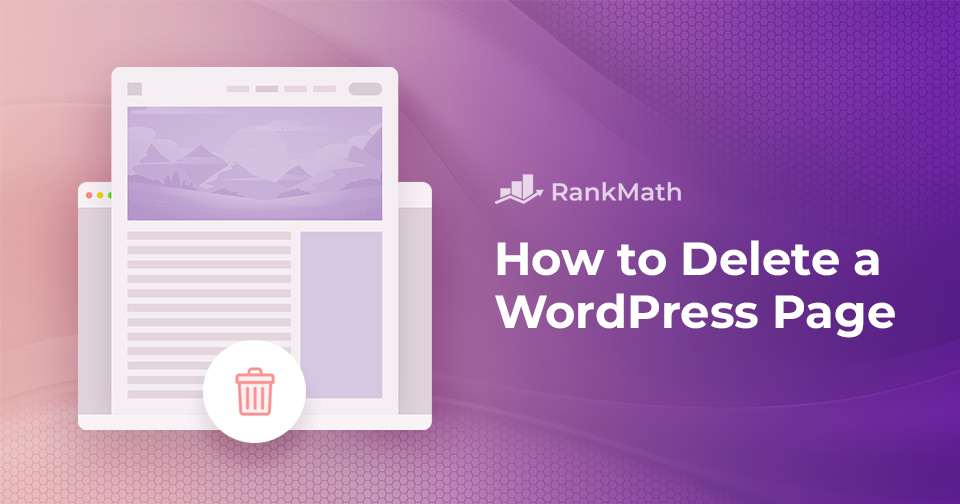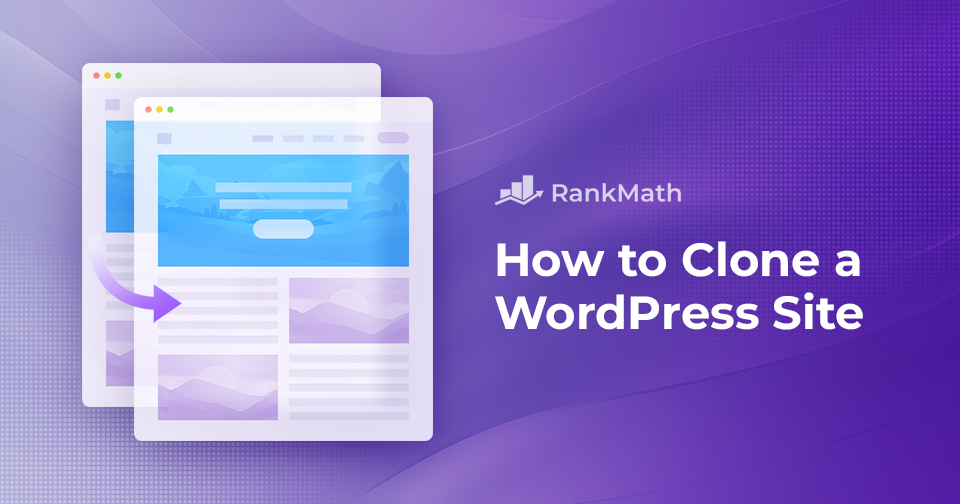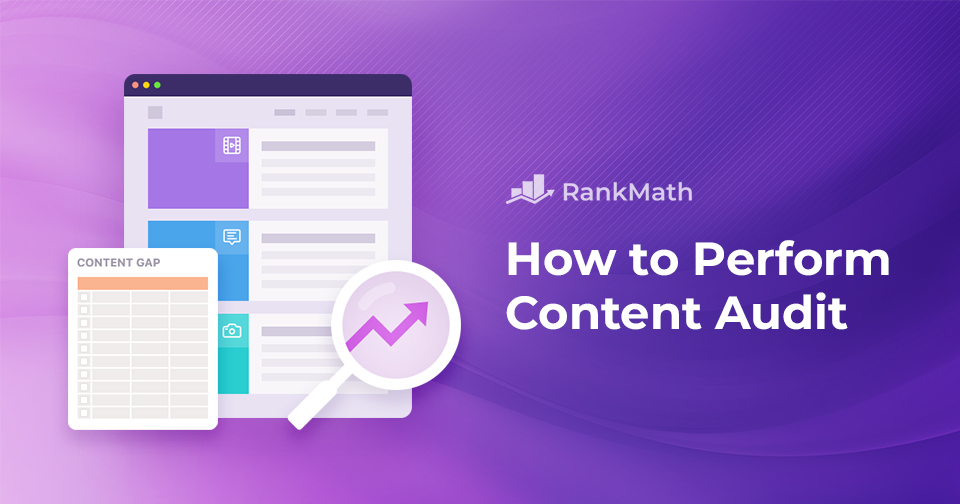YouTube SEO: How to Rank YouTube Videos in 2025
Have you ever wondered how some creators seem to effortlessly get their YouTube videos to rank high in search results?
You probably want more visitors to watch your videos too, whether you’re sharing your expertise, passion, or creativity.
The key to getting noticed is understanding YouTube SEO.
This allows you to rank on YouTube as well as on Google search results pages. This is important as 22% of Google searches return at least one YouTube video on the first page.
In this post, you’ll learn the best YouTube SEO strategies to help your videos rank higher and reach the audience you deserve.

So, without any further ado, let’s get started.
Continue Reading




